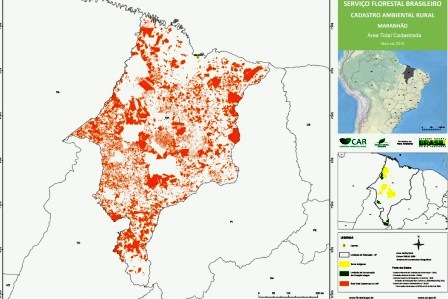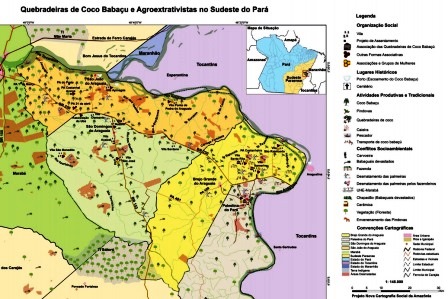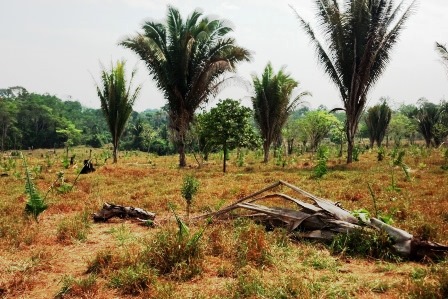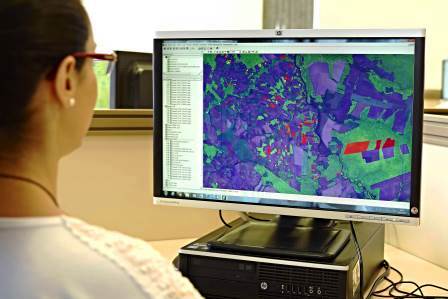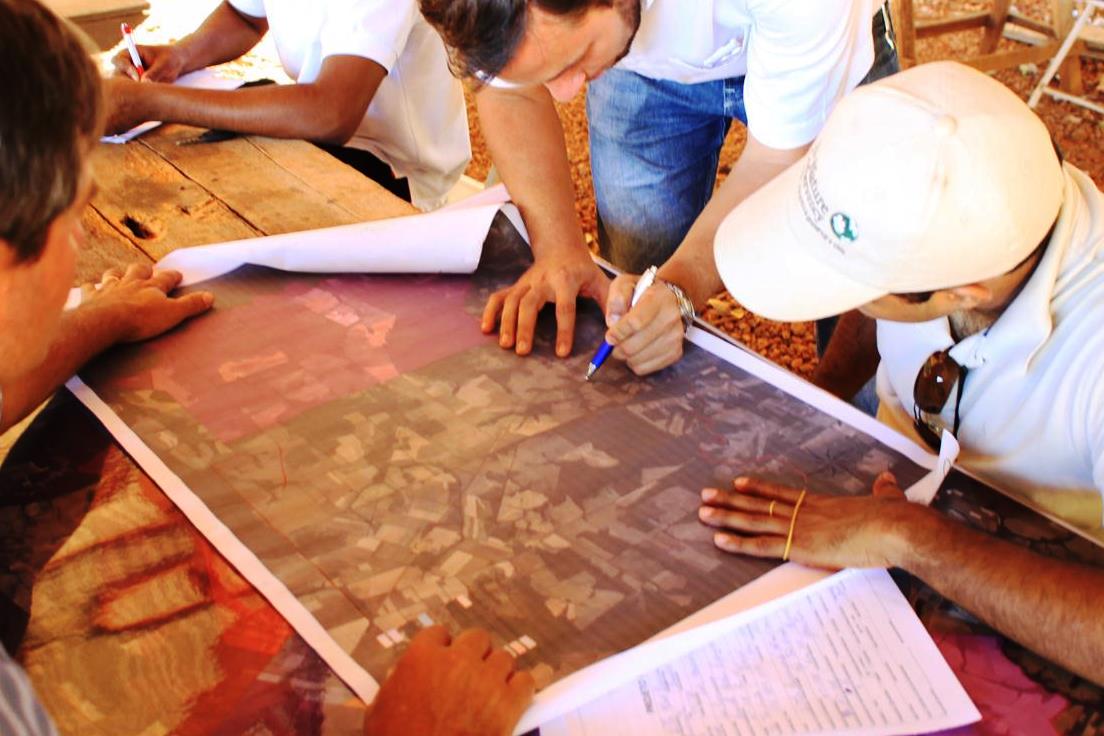CONTEXTUALIZATION
The Territorial and Environmental Management Plan (PGTA) is an instrument of the National Policy for Territorial and Environmental Management of Indigenous Territories (known as PNGATI), of a dynamic nature, designed to express the leadership, autonomy and self-determination of indigenous peoples. The PGTA materializes the planning, agreed by the entire indigenous community of the use of its territory for cultural, environmental and economic purposes.
The Native Amazon Operation (OPAN), the institution responsible for implementing the supported project, was founded in 1969, as the first indigenous organization in Brazil, constituted in the form of a civil association that acts to strengthen the participation of the indigenous population in the policies that influence and impact their territories.
Headquartered in Cuiabá, in the state of Mato Grosso (MT), it has three regional offices: in Brasnorte (MT), São Félix do Araguaia (MT) and in Lábrea, in the state of Amazonas (AM).
THE PROJECT
The project “IREHI¹ – Caring for Territory” aimed to support the completion and implementation of the PGTA for the Marãiwatsédé indigenous land (TI) and the implementation of PGTA for the Manoki, Menkü and Pyrenees de Souza Indigenous Lands, located in the state of Mato Grosso.
It was structured into three components: (i) completion of the PGTA of the Marãiwatsédé TI, supporting its printing and dissemination, within the first months of the project's execution. The other components serve the four TIs benefited by the project and aim to implement their PGTAs.
The component (ii) territorial protection, with the implementation of surveillance and monitoring systems of the indigenous lands benefited by the project, in addition to training the indigenous themselves in the operation of the acquired equipment, arousing the interest of indigenous youth for the management of the territory and component (iii) economic, productive and cultural activities, with income generation and increased food security based on the cultural recovery of traditional practices and techniques.
Cultural activities related to land use have been developed, such as cultural exchange for the exchange of seedlings and seeds, as a way to subsidize the implementation of agroforestry crops and gardens for food generation as well as income, through the commercialization of surplus production.
¹ The I’rehi are the Xavante warriors who carry out surveillance of the territory
INTERVENTION LOGIC
The project is part of the “Sustainable Production” (1) and “Territorial Planning” (3) components of the Amazon Fund Logical Framework.
Its direct effects were defined as follows: 1.1 sustainable forest and biodiversity use activities developed in the supported TIs; and 3.2 territorially protected supported TIs.
Indigenous lands play an important and strategic role in the conservation of the country's biodiversity and natural resources. Considering that their survival depends essentially on the forest, the resistance that its inhabitants put up in defense of the territories they occupy contributes in a relevant way to the maintenance of the Brazilian biomes.
By supporting the implementation of the PGTAs of the four indigenous lands, the project directly contributed to the general objective of the Amazon Fund, namely, “reduction of deforestation with sustainable development in the Legal Amazone”.
Click on the following image to view its objectives tree, that is, how the project's outputs and linked to the expected outcomes and impact.




